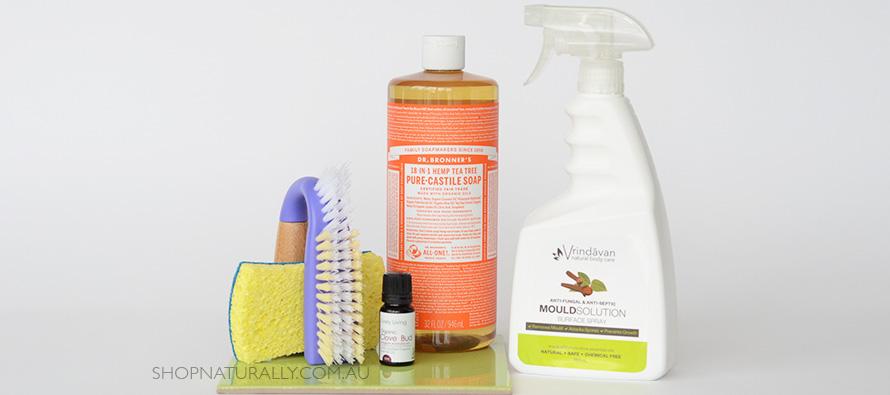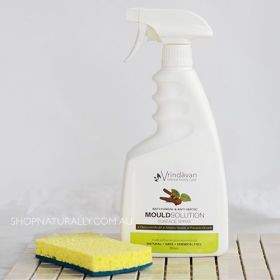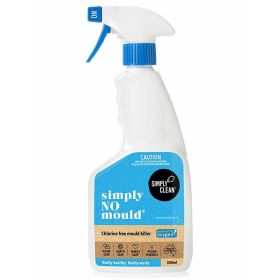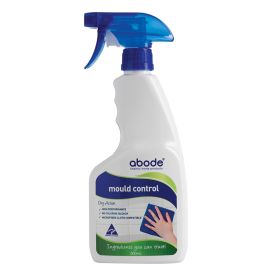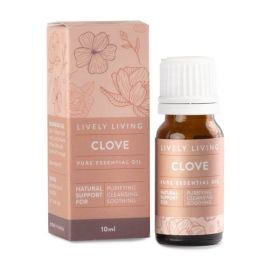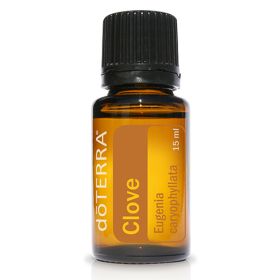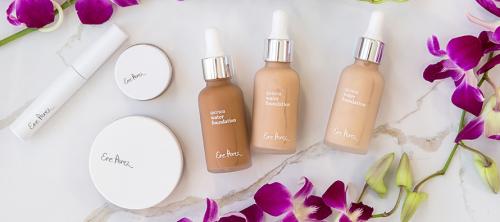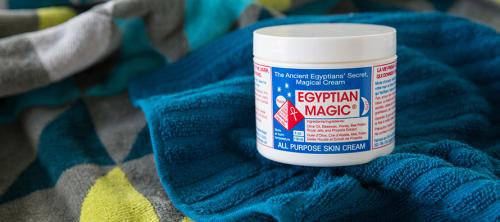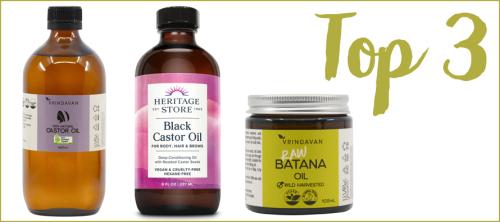How do natural mould cleaners work compared to chlorine bleach based products?
There are two different styles of formulas of natural mould cleaner, in this blog we will explain what they are, how they work, how they compare to what you find at the supermarket and which one we prefer.
How do tradition mould cleaning sprays work?
Most traditional supermarket or commercial based mould cleaning sprays come with warning labels and ingredients that can cause breathing issues if they are not used in a well ventilated area. Most of them rely on chlorine as the active ingredient to kill mould. Chlorine fumes are a nose and throat irritant and can make you feel nauseas. In some, it can cause as many issues as the mould you're trying to kill. Very strong solutions of chlorine are effective in killing mould, but they are usually above 10%, need a knowledge in handling hazardous materials and are not available to buy at the supermarket. Those at the supermarket are generally around a 4% solution and because chlorine is volatile, it becomes less effective over time. According to Choice, the bleach in some of these products can actually erode and corrode grout and tiles and make them more porous and more susceptible to future mould growth.
Hydrogen Peroxide Based Natural Mould Cleaner
These natural mould cleaners swap out chlorine bleaches for 5% hydrogen peroxide solution which kills mould and has a mild bleaching effect. Simply Clean have gone in to some detail on how their hydrogen peroxide based mould cleaner works, so we have summarised that for you here.
The Simply Clean mould cleaner uses a double oxygen action. The hydrogen peroxide uses the oxygen molecule to penetrate the cells of mould and germs and dissolves them via oxidation. The hydrogen peroxide also combines with other biodegradable cleaning agents and food grade citric acid in the formula to create a mild bleaching action. Over time it is this action that removes the colour of the dead mould, the black unsightly marks left behind after the oxidation process.
Can these hydrogen peroxide formulas prevent mould from coming back? With routine use, they can assist. The best prevention is always to keep an area dry where possible.
Where chlorine based sprays can be corrosive to standard tapware, hydrogen peroxide is usually ok, but it's still advised to keep these sprays away from copper or brass.
Not just for bathroom use, it can also be used to clean fridge seals.
The Simply Clean mould cleaner does not use any added fragrance and does have a natural citrus smell from the citric acid and the gentle smell of diluted hydrogen peroxide.
This is our preferred choice.
Essential Oil Based Natural Mould Cleaner
There is a lot of information the internet that talks about clove essential oil killing mould. There is also information online suggesting that it's not the ideal solution. The creator of Abode Cleaning Products who have their own hydrogen peroxide based mould cleaner, Nicole Bijlsma, has the following to say on the subject:-
"Clove oil like many essential oils (rosemary, cinnamon, tea tree and oregano), have antifungal properties which are used as a defence mechanism by the plant to prevent fungal attack. In a water damaged building however, dumping wads of clove oil will not address the cause of the mould problem or its adverse health effects. Why I hear you ask? Because over 70% of mould spores are dead anyway ie they cannot germinate."
She goes on to explain that it's the dead spores that create the majority of adverse health reactions and that these dead spores need to be physically removed.
We still believe that the use of pure single essential oils like clove oil are effective in killing mould spores that are alive and we do stock one mould spray in store that uses this ingredient as the active, but there's one very important thing you need to know about using it. Clove oil mould cleaners must be used in a well ventilated room and preferably with a P2 / N95 mask. Clove contains Eugenol which is toxic to the skin, eyes, liver and the central nervous system and should be used with the respect it deserves.
Always remember, toxicity is in the dose, whether it's a natural based ingredient or a lab derived one. There are natural low levels of cyanide found in foods we commonly eat every day, yet it can be weaponised in stronger doses and has been used in warfare to poison people.
